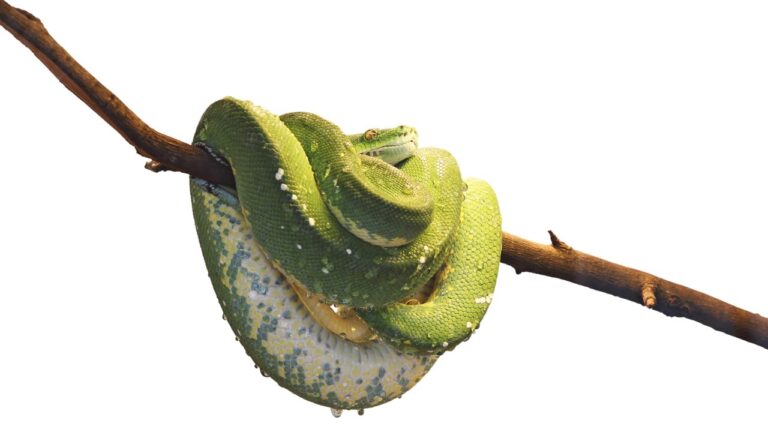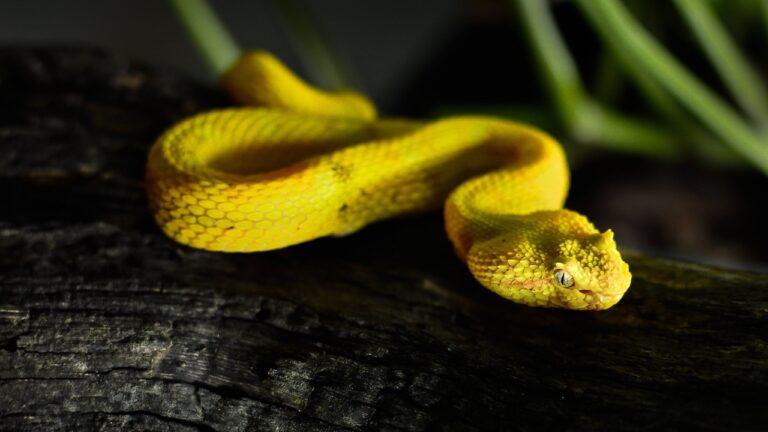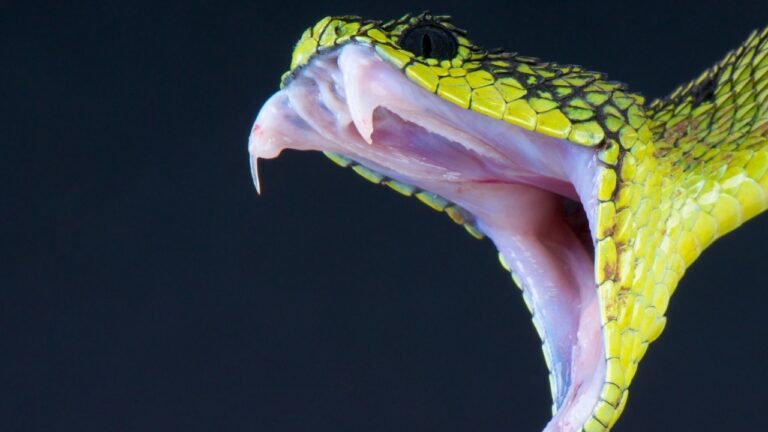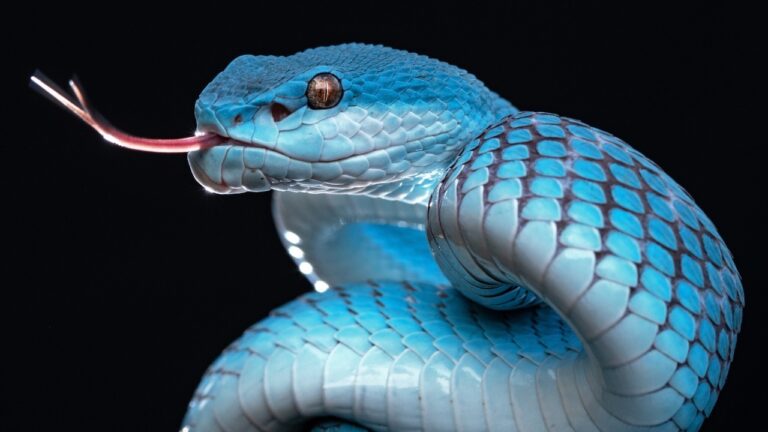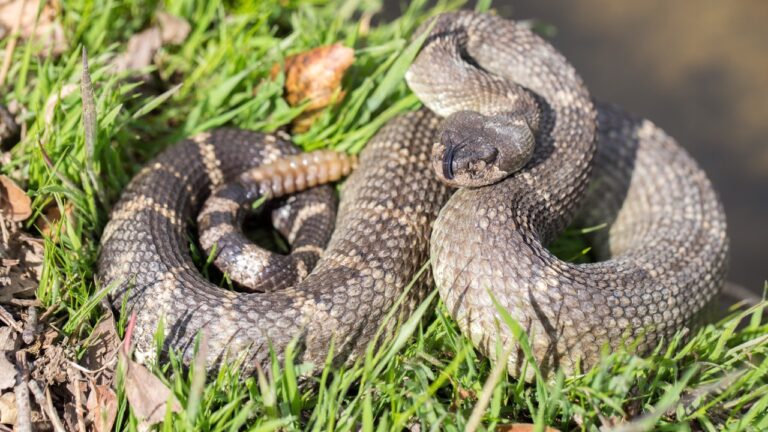Ultimate Snake Feeding Guide: Schedules, Plans, and Nutrition
Importance of proper feeding for snakes
When it comes to the well-being of our slithery friends, proper feeding is of utmost importance. Snakes, fascinating creatures that they are, have unique dietary requirements that need to be met to ensure their health and vitality. Whether you’re a seasoned snake owner or a curious newbie, understanding the significance of feeding your snake correctly is essential for their overall wellness.
Snakes, being carnivorous creatures, rely on a diet primarily composed of live prey. This means that as their caretakers, we need to be well-versed in their feeding habits and requirements. A well-planned and nutritious diet ensures that our serpentine companions flourish in captivity, mimicking their natural feeding behaviors as closely as possible.
Not only does proper feeding provide the necessary sustenance for snakes, but it also plays a crucial role in their overall physical and mental well-being. A balanced and consistent feeding routine contributes to the proper growth and development of these unique creatures, helping them maintain optimal health throughout their lives.
By understanding the importance of feeding our snakes correctly, we can create a nurturing environment that promotes their longevity and happiness. So, let’s dive deeper into the world of snake feeding, covering everything from feeding schedules to nutrition, and discover the key to keeping our slithering friends content and thriving.
Snake Feeding Basics
A crucial aspect of caring for a pet snake is understanding its dietary needs. In this section, we will delve into the fundamental aspects of comprehending a snake’s diet, the frequency of feeding, and the various feeding methods available.
Understanding the Snake’s Diet
To provide optimal nutrition for your slithering companion, it is essential to grasp the intricacies of its diet. Snakes are primarily carnivorous, with the majority feeding on other animals such as rodents, birds, and amphibians. However, the specific prey species may vary depending on the snake’s natural habitat and its size and age.
Frequency of Feeding
Determining the appropriate feeding frequency for your snake is crucial for maintaining its overall health and well-being. The frequency can vary depending on several factors, including the snake’s species, age, and metabolic rate. Younger snakes generally require more frequent meals compared to their adult counterparts. It is essential to strike a balance between providing sufficient nourishment and avoiding overfeeding.
Feeding Methods
When it comes to feeding your snake, you have several options at your disposal. The most common methods include live feeding, pre-killed prey, and frozen-thawed prey. Live feeding involves offering live prey to the snake, while pre-killed prey refers to animals that have been euthanized before being presented to the snake. Frozen-thawed prey, on the other hand, involves feeding your snake prey that has been frozen and then thawed prior to feeding. Each method has its own set of advantages and considerations, and it is important to choose the approach that best suits your snake’s needs and your comfort level.
Understanding the basics of snake feeding is a vital step in providing proper care for your scaly friend. In the next section, we will explore the process of creating a feeding schedule that takes into account factors such as the snake’s age, size, and species. Stay tuned for valuable insights into ensuring your snake’s nutritional needs are met with precision and care.
Continue reading: Creating a Feeding Schedule
Creating a Feeding Schedule
Establishing a feeding schedule for your snake is crucial in ensuring its overall health and well-being. By providing a consistent routine, you can ensure that your scaly companion receives the proper nutrition it needs to thrive. In this section, we will explore the key factors to consider when creating a feeding schedule for your snake.
Determining the Snake’s Age and Size
Before diving into the specifics of a feeding schedule, it is important to take into account your snake’s age and size. These factors play a significant role in determining the frequency and size of prey that your snake requires. Younger snakes, for instance, typically have higher metabolisms and require more frequent feedings compared to adult snakes.
To determine the appropriate feeding schedule, consider consulting reputable sources or seeking advice from a veterinarian with experience in reptile care. They can provide valuable insights tailored to your snake’s specific needs.
Prey Size Guidelines
When it comes to feeding your snake, selecting the right prey size is crucial. As a general rule of thumb, the prey item should be no wider than the widest part of your snake’s body. Opting for prey that is too large can lead to digestion issues, while prey items that are too small may not provide sufficient nutrition.
To assist you in determining the appropriate prey size for your snake, many reptile enthusiasts have developed snake feeding charts. These charts outline the optimal prey size based on the snake’s size and species, helping you make informed decisions about your snake’s diet. You can find a sample chart here for reference.
Choosing the Right Prey
When constructing a feeding schedule, it is essential to select the right prey for your snake. Snakes are carnivorous creatures, and their natural diet consists of a variety of prey items, such as mice, rats, birds, or even other reptiles. The choice of prey largely depends on your snake’s species and individual preferences.
It is important to ensure that the prey you offer is of high quality and obtained from reputable sources. Snake feeding habits can be influenced by the freshness and nutritional value of the prey. Avoid feeding your snake wild-caught prey, as they may carry parasites or diseases that can harm your snake. Instead, opt for commercially bred prey that has been properly maintained and fed a nutritious diet.
Feeding Frequency for Different Snake Species
Snake species vary in their feeding frequency requirements. While some snakes may only need to be fed once a week, others may require more frequent feedings. Understanding your snake’s species-specific needs is crucial in establishing a suitable feeding schedule.
For example, smaller snakes, such as corn snakes or king snakes, generally require feeding every five to seven days. On the other hand, larger constrictors, like boas or pythons, may only require feeding every two to three weeks. It is important to research the specific needs of your snake’s species to ensure you are providing the appropriate feeding routine.
To learn more about snake feeding routines and tips, you can check out our article on snake feeding habits. This resource will provide you with additional insights into the diverse world of snake feeding.
In the next section, we will delve into the crucial aspect of nutrition for snakes, exploring their specific dietary requirements and how to ensure a well-balanced diet. Stay tuned!
Nutrition for Snakes
Nutritional Needs of Snakes
When it comes to the nutritional needs of snakes, it’s important to understand that these slithering creatures have specific dietary requirements. Snakes are carnivorous, and their diet primarily consists of prey items such as rodents, birds, and other small animals. These prey items provide the necessary nutrients, including proteins, fats, vitamins, and minerals, that are essential for the snake’s growth, development, and overall health.
To ensure that your snake receives a well-balanced diet, it’s crucial to mimic the nutritional composition of their natural prey. This means offering a varied diet that includes different species of prey to meet their specific nutritional needs. Variety in the diet helps prevent nutritional deficiencies and imbalances that can lead to health problems in snakes.
Balancing Prey Items
When it comes to feeding snakes, finding the right balance of prey items is key. Snakes vary in size, species, and age, and each of these factors plays a role in determining the appropriate prey size and frequency of feeding. It’s essential to offer prey items that are proportionate to the snake’s size to prevent overfeeding or underfeeding.
To help snake owners determine the appropriate prey size for their snakes, a snake feeding chart can be a valuable resource. This chart provides guidelines on the recommended prey size based on the snake’s weight and species. By following these guidelines, snake owners can ensure that their pets receive the ideal amount of food for their specific needs.
Vitamin and Mineral Supplements
While a varied diet is essential for snakes, some individuals may require additional vitamin and mineral supplements to meet their nutritional needs fully. These supplements can help address any potential deficiencies in the diet, especially when captive snakes may not have access to the same variety of prey as their wild counterparts.
Snake owners should consult with a reptile veterinarian or an experienced snake breeder to determine if their pet requires any additional supplementation. These experts can provide guidance on the appropriate supplements, dosage, and frequency of administration to ensure that the snake receives the necessary vitamins and minerals for optimal health.
In conclusion, understanding the nutritional needs of snakes is vital for maintaining their well-being. By offering a varied diet that mimics the nutritional composition of their natural prey and considering the appropriate prey size and supplementation, snake owners can provide their slithery companions with a balanced and nutritious diet. Remember, a healthy snake is a happy snake!
Continue reading about snake feeding habits and snake feeding tips to enhance your knowledge and ensure the well-being of your scaly friend.
Internal Links:
Feeding Tips and Best Practices
When it comes to feeding your snake, there are several tips and best practices that can help ensure the process goes smoothly and safely. From handling prey properly to monitoring feeding behavior and dealing with feeding issues, these practices will help you provide the best care for your slithery friend.
Handling Prey Properly
Handling prey properly is crucial to ensure the safety and well-being of both your snake and the prey item. It’s essential to handle prey with care and avoid any unnecessary stress or harm. When handling live prey, it’s important to use caution and never leave your snake unattended during the feeding process. Handling prey properly includes:
-
Using tongs or feeding forceps: When offering live prey, it’s recommended to use tongs or feeding forceps to prevent accidental bites from the prey item. This way, you can maintain a safe distance between your hand and the prey, reducing the risk of injury.
-
Avoiding aggressive movements: Sudden or aggressive movements can startle your snake and lead to defensive behavior. It’s best to approach your snake slowly and gently when presenting the prey. This helps create a calm and relaxed feeding environment.
-
Ensuring appropriate prey size: Choosing the right-sized prey is crucial to prevent any harm to your snake. Prey that is too large can cause regurgitation or digestive issues, while prey that is too small may not provide sufficient nutrition. Refer to the snake feeding chart for guidelines on appropriate prey size for different snake species.
Monitoring Feeding Behavior
Monitoring your snake’s feeding behavior is essential for ensuring its health and well-being. By observing how your snake interacts with its prey, you can identify any potential issues and make adjustments as needed. Monitoring feeding behavior involves:
-
Observing feeding response: Pay attention to your snake’s feeding response. A healthy snake will exhibit an active and eager response to its prey. If your snake shows little interest or ignores the prey altogether, it might indicate an underlying health issue or stress. In such cases, it’s advisable to consult a veterinarian.
-
Tracking feeding frequency: Keep a record of your snake’s feeding schedule and note any changes in appetite or feeding frequency. This information can help you identify patterns and ensure your snake is receiving proper nutrition. Consult the snake feeding habits article for more insights into the typical feeding behavior of different snake species.
Dealing with Feeding Issues
Despite your best efforts, feeding issues may arise from time to time. It’s important to address these issues promptly to ensure the health and well-being of your snake. Here are some tips for dealing with feeding issues:
-
Regurgitation: If your snake regurgitates its meal, it could be a sign of an underlying problem. Common causes include improper prey size, handling stress, or an underlying health condition. To prevent regurgitation, ensure the prey size is appropriate, handle prey properly, and avoid feeding your snake when it is stressed or in shed.
-
Refusal to eat: If your snake consistently refuses to eat, it may be experiencing stress, illness, or changes in its environment. In such cases, it’s important to evaluate the snake’s overall health and address any potential stressors. If the problem persists, consult a veterinarian who specializes in reptiles.
Remember, each snake is unique, and it’s important to understand and cater to its individual needs. By following these feeding tips and best practices, you can provide your snake with a safe and nourishing feeding experience. For more information on snake feeding, be sure to check out our comprehensive snake feeding tips guide.
Now that you’re equipped with the knowledge on handling prey, monitoring feeding behavior, and dealing with feeding issues, you’re ready to provide your snake with the best care possible. Happy feeding!
Safety Precautions
When it comes to handling venomous snakes, caution and expertise are of utmost importance. Venomous snakes possess the ability to inject venom through their fangs, which can be extremely dangerous. In order to ensure the safety of both the handler and the snake, it is essential to follow proper guidelines and take necessary precautions.
First and foremost, it is highly recommended that only experienced and trained individuals handle venomous snakes. These individuals should possess a thorough understanding of snake behavior and have the necessary skills to handle them safely. Handling venomous snakes without the proper knowledge and experience can put both the handler and the snake at risk.
In addition to expertise, appropriate safety equipment should also be used when handling venomous snakes. This includes specialized snake hooks, snake tongs, and snake bags, which allow for a safe and controlled handling experience. These tools provide a safe distance between the handler and the snake, minimizing the risk of accidental bites.
It is important to remember that preventing regurgitation is crucial for the health of the snake. Regurgitation occurs when a snake forcefully expels its food, which can be harmful to its digestive system. To prevent regurgitation, it is essential to handle the snake with care and avoid any unnecessary stress during and after feeding. This includes minimizing disturbances in the snake’s enclosure and ensuring a calm environment during the digestion process.
Another aspect to consider is avoiding overfeeding. Overfeeding can lead to obesity and other health issues in snakes. It is important to follow the recommended feeding guidelines for your specific snake species and size. Providing a balanced diet and monitoring the snake’s body condition will help prevent overfeeding and maintain its overall health.
Remember, safety should always be the top priority when handling venomous snakes. If you are unsure or inexperienced, it is best to seek assistance from a professional or an expert in the field. By following proper safety precautions and handling techniques, you can ensure a safe and enjoyable experience for both you and your snake.
For more information on snake feeding, you can refer to our snake feeding tips article, which provides valuable insights and recommendations for a successful feeding routine.
Conclusion
In conclusion, understanding the importance of proper feeding is crucial for the health and well-being of snakes. By providing a well-balanced and nutritious diet, snake owners can ensure that their slithering companions thrive in captivity.
Throughout this comprehensive guide, we have covered the snake feeding basics including the understanding of their diet, frequency of feeding, and different feeding methods. We have also delved into the process of creating a feeding schedule by considering factors such as the snake’s age, size, and prey size guidelines. Additionally, we discussed the importance of choosing the right prey and the feeding frequency for different snake species.
Moreover, we explored the nutrition requirements of snakes, emphasizing the need to balance prey items and the potential benefits of vitamin and mineral supplements. By paying close attention to these nutritional needs, snake owners can ensure that their snakes receive the essential nutrients necessary for their overall health.
To further assist snake owners, we provided a range of feeding tips and best practices. Proper handling of prey, monitoring feeding behavior, and addressing feeding issues are all crucial aspects of maintaining a healthy feeding routine for snakes.
Lastly, we highlighted the importance of safety precautions when dealing with venomous snakes, preventing regurgitation, and avoiding overfeeding. By following these precautions, snake owners can minimize risks and ensure the well-being of both themselves and their snakes.
In conclusion, a well-informed and well-executed feeding plan is vital for the overall health and longevity of snakes in captivity. By utilizing the knowledge and guidelines provided in this article, snake owners can confidently navigate the world of snake feeding, avoiding common mistakes and promoting the well-being of their scaly companions.
For more detailed information, you can refer to our snake feeding chart, which provides a visual representation of proper feeding schedules and prey size guidelines. Additionally, our website offers a wealth of resources on snake feeding habits, feeding tips, and how to address feeding problems. So, dive deep into the world of snake feeding and provide your slithering friend with the nourishment they deserve!


